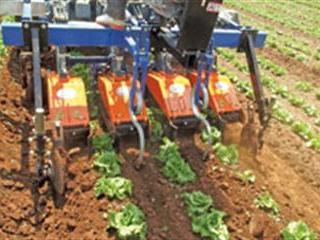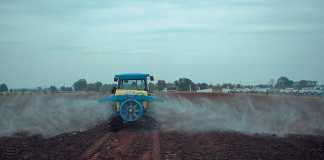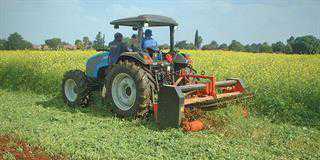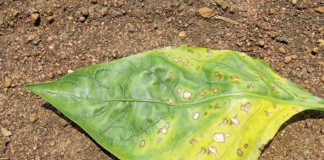
Never mind the associated costs and the restrictive legislation, our farmers still use too much labour for functions where other countries use substantially less. Lack of labour and the cost thereof has forced them to do this. We need to analyse each facet of our business in order to determine where we can cut back. In some cases it may mean we’ll have to shed some crops and increase others, so that the equipment needed to mechanise is more economically utilised.
This trend is gaining momentum. Groups of farmers are going on overseas trips to see how their counterparts there go about farming with minimum labour, and I see a great many changes coming out of such expeditions. These changes are likely to make us much more competitive. And it’s interesting to listen to farmers sharing their experiences on returning from such trips, and discussing ways of adapting overseas methods to our conditions. Clearly we can’t simply ‘cut and paste’ overseas practices, but we can use those that suit us best.
Specialised machinery
Perhaps one of the real benefits of such trips is that they stimulate discussions on making cropping easier and more economical. More use is also being made of specialised cultivation machinery. And farmers are talking to sales reps, who then convey their comments and suggestions to head office.
The research and development department is called in and an attempt is made to adapt the company’s machinery to meet specific local needs. There is great benefit in doing so now before being forced to do so in a hurry. And, when you have a good year, that’s the time to look at investing in mechanisation.
Piece work
Where manual labour tasks are unavoidable, it’s a good idea to change to the piece-work system, where workers are allowed to go home when the task is completed. The problem here is determining the amount of work to be done. A good system is to measure the amount of work that a good worker is able to do in half an hour in your presence and multiply this by 12. (If it’s light work, you can multiply by 14.)
To ensure the task is done properly and quickly done, tell the workers they can go home as soon as they’re finished and their work has been checked by the foreman. This system makes your life easier and frees you up for other tasks. Also, more work is accomplished using the same labour, as they’re more than willing to work harder for extra time off.
For harvesting, set up teams to harvest, pack and load a certain number of units in a day. You can very easily determine the volumes a team can handle before it no longer has an incentive to work harder for extra time off. In addition, with teams, anyone who starts to slack will very quickly be sorted out by the other members.
The foreman
A neglected aspect of labour management is the training of a foreman from the labour force. This individual should be paid substantially more and receive a bonus or other incentives for performing his task to your specifications. In other words, when instruction is given as to the volume and quality of work required, it’s his job to see that this is done – or he loses out. In my experience, taking him to task in front of his team serves to drive this message home.
Irrigation can be mechanised to save labour as well. A farmer recently told me he was going 100% over to centre pivot irrigation to save on labour costs and get better control, as he could manage this essential task on his own. This more than made up for the higher cost of going this route. Ultimately, if you want to save on labour costs, be pro-active and observe what others are doing both here and abroad and determine what can be adapted to suit your farming enterprise.
Contact Bill Kerr at [email protected] with ‘Vegetable production’ in the subject line of your email.













